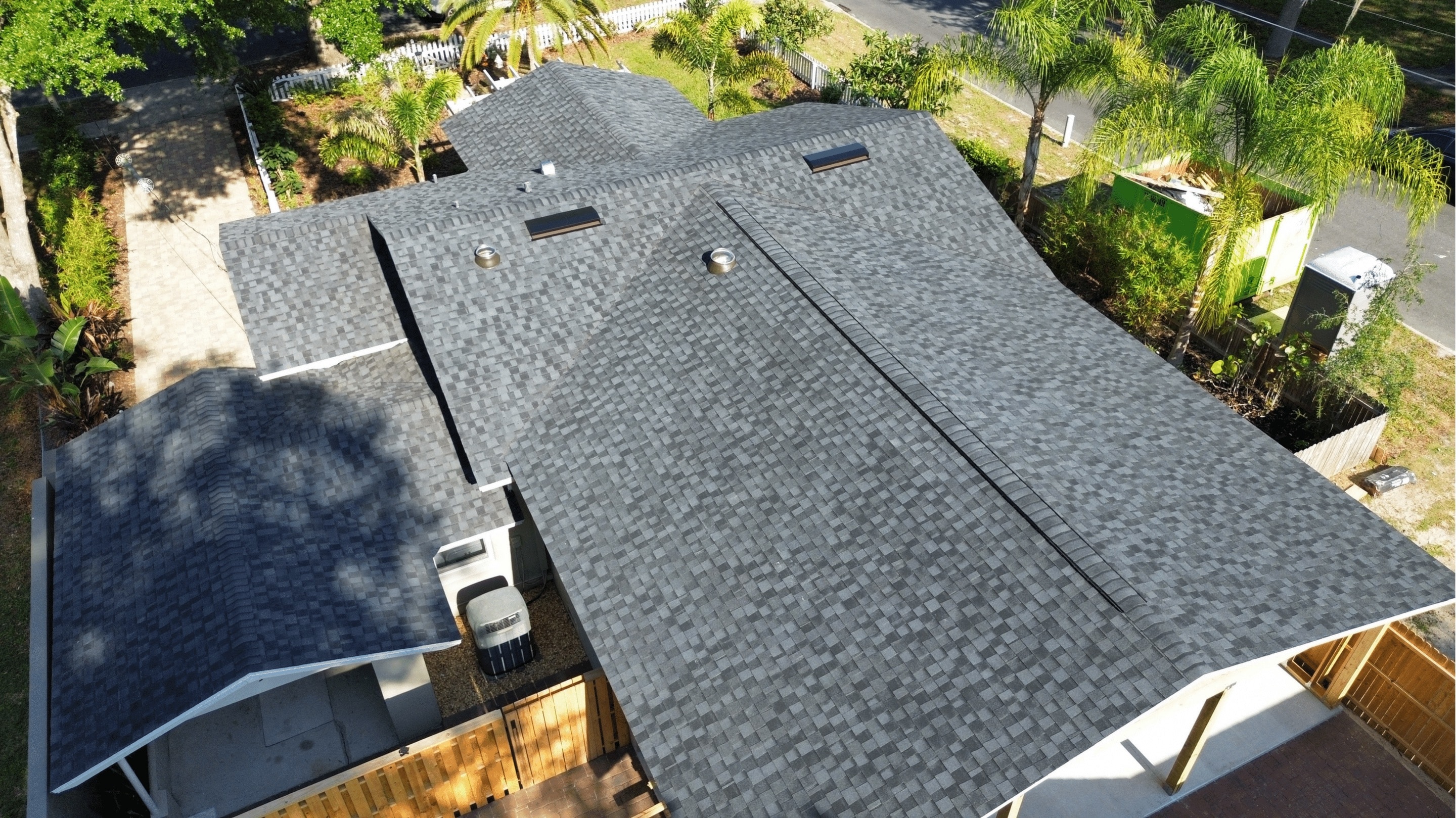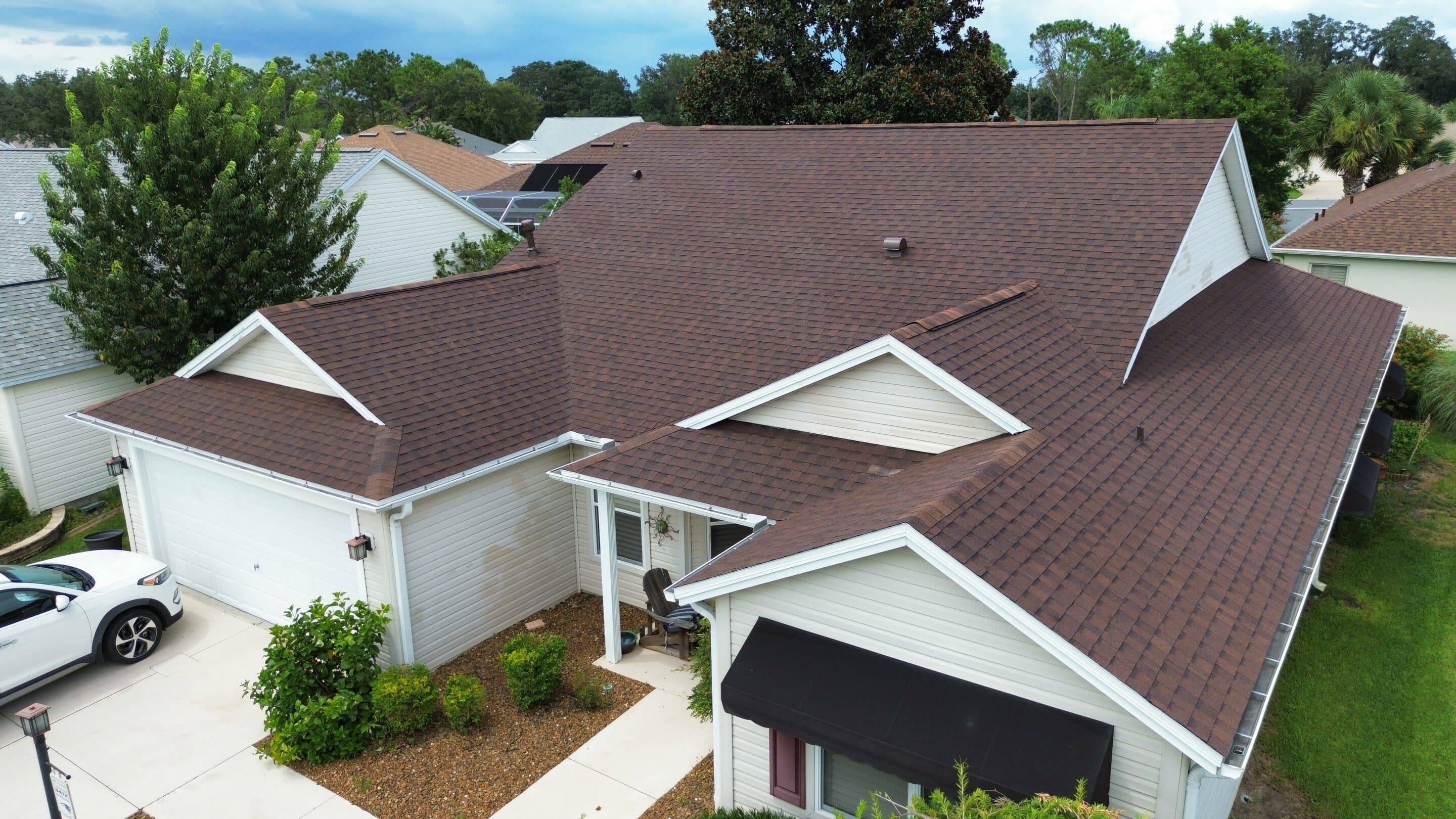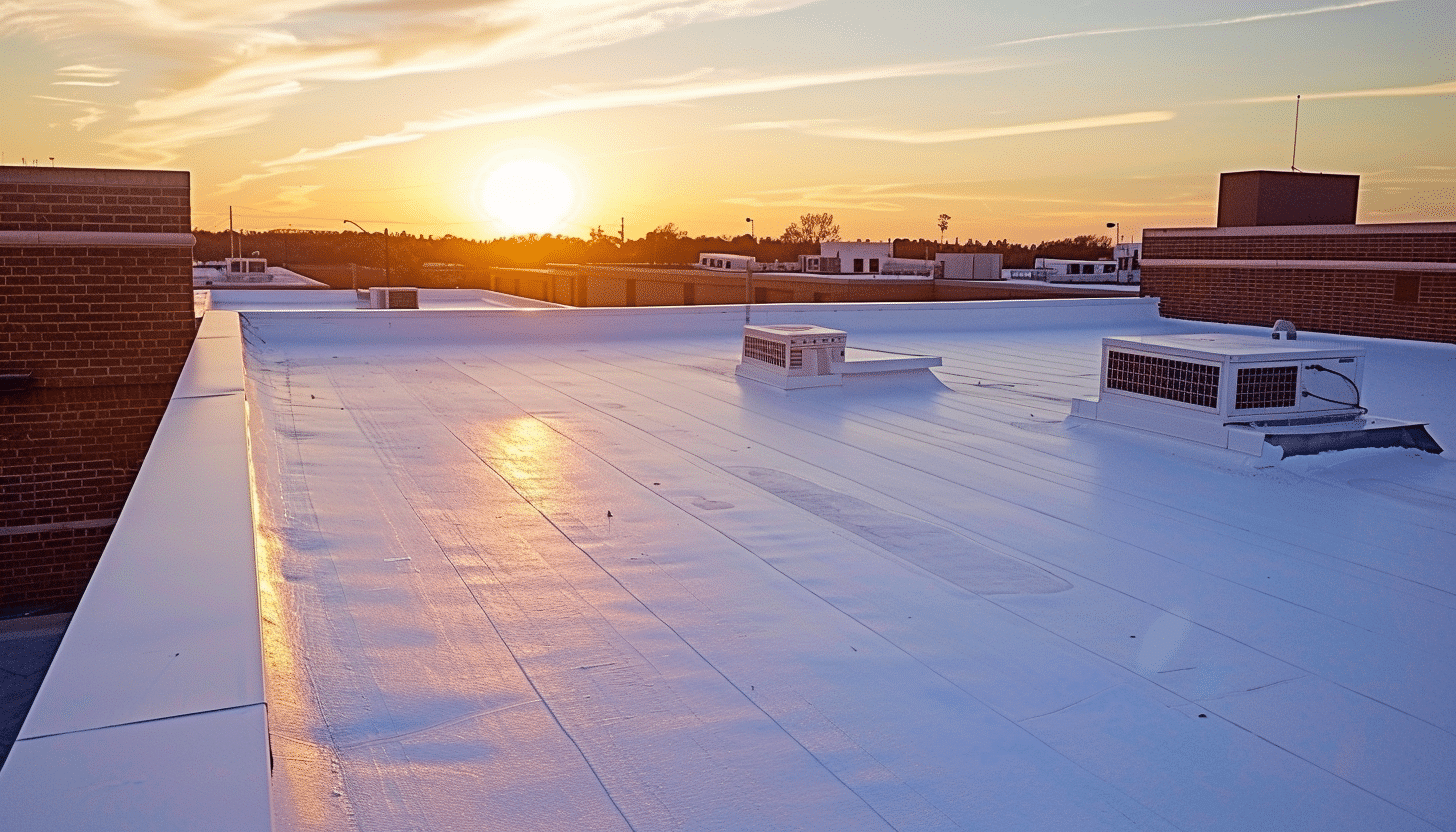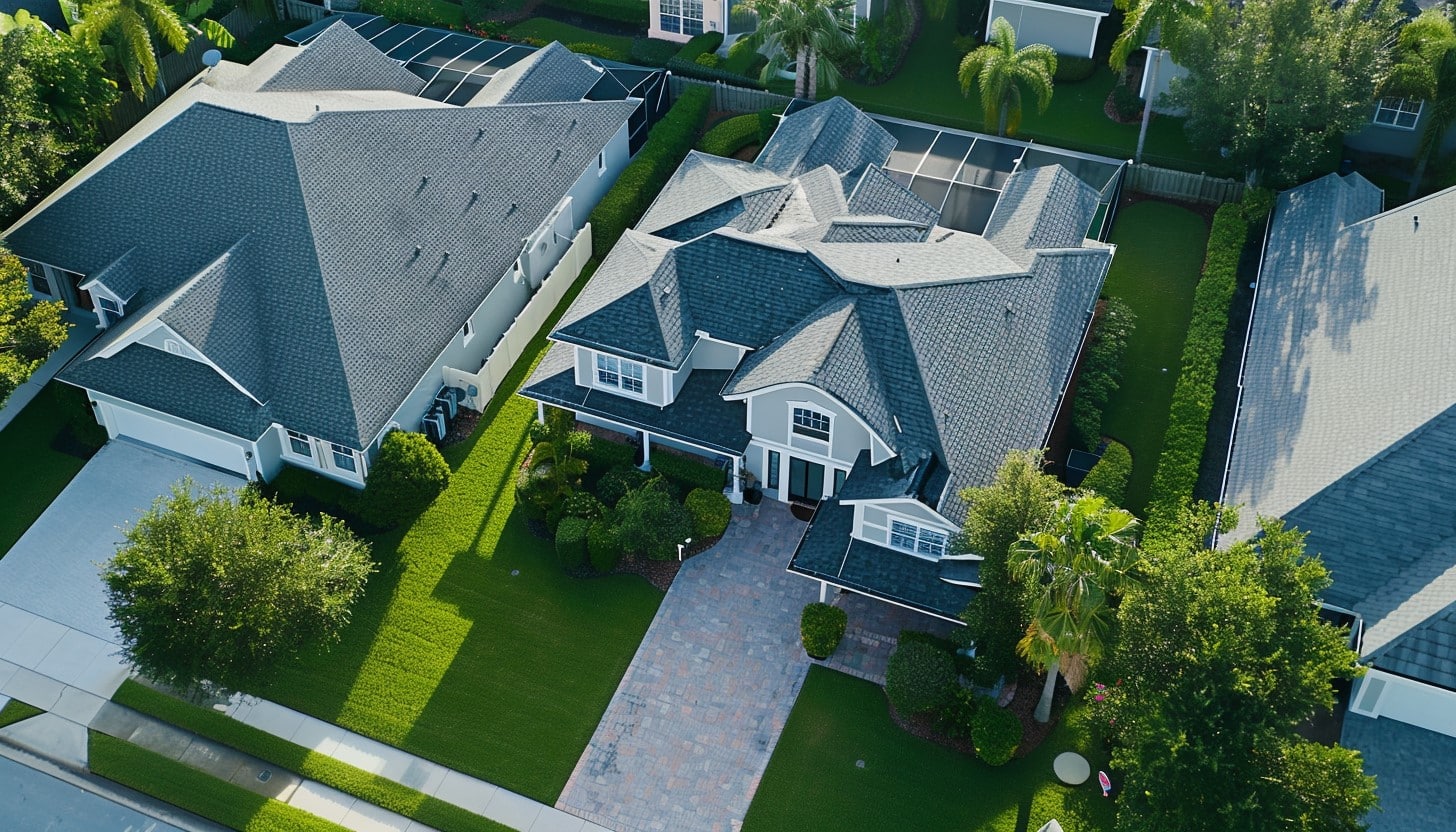Your roof is one of the most vital parts of your home, protecting it from the elements and ensuring the safety of your family. But like all things, it has a lifespan, and knowing when to replace your roof is crucial to avoid severe damage. In this blog, we will explore the key indicators that signal it’s time for a roof replacement, discuss different roofing options, and explain the importance of regular maintenance.

Common Signs It’s Time to Replace Your Roof
Identifying the signs of serious damage early can save you from costly repairs down the line. Below are the most common indicators that you should consider a roof replacement.
1. Age of the Roof
The age of your roof is a significant factor in determining when it needs to be replaced. Most asphalt shingle roofs last between 20 to 25 years, while metal roofs can last upwards of 50 years. If your roof is nearing the end of its expected lifespan, it’s time to consider a replacement.
2. Missing or Damaged Shingles
Shingles protect your roof from water damage and other environmental factors. If you notice missing, cracked, or curled shingles, it might be time to replace your roof. Damaged shingles can lead to leaks and other serious problems if not addressed promptly.
3. Sagging Roof
A sagging roof is a clear sign of structural damage, often caused by prolonged exposure to moisture or the accumulation of heavy snow. This is a serious issue that requires immediate attention, as it can lead to the collapse of your roof.
4. Leaks and Water Damage
Water stains on your ceiling or walls are clear indicators of a leaking roof. Persistent leaks can lead to mold growth, structural damage, and compromised insulation. If you experience frequent leaks, it might be time to replace your roof.
5. Granules in Gutters
Asphalt shingles are coated with granules that help protect them from the sun’s UV rays. Over time, these granules wear off and can be found in your gutters. A significant accumulation of granules is a sign that your shingles are deteriorating and that your roof may need replacing.
6. Mold, Moss, and Algae Growth
Mold, moss, and algae can grow on your roof due to trapped moisture. While this might seem like a cosmetic issue, it can lead to serious damage over time. Moss, in particular, can cause shingles to lift and allow water to seep underneath, leading to leaks and rot.

Evaluating the Severity of Roof Damage
Not all roof damage requires a full replacement. Understanding the severity of the damage can help you make an informed decision.
1. Superficial Damage
Minor issues such as small leaks, a few missing shingles, or minor granule loss can often be repaired without replacing the entire roof. Regular inspections can help catch these issues early before they become more severe.
2. Structural Damage
If your roof has significant sagging, large areas of missing shingles, or extensive water damage, it’s likely time for a replacement. Structural damage compromises the integrity of your roof and can lead to more severe problems if not addressed.
Understanding Roof Replacement Options
When it’s time to replace your roof, understanding the different roofing options available can help you choose the best one for your needs.
1. Shingle Roofing
Shingle roofing is the most common type of roofing material used in residential homes. It’s affordable, comes in various styles and colors, and provides good protection against the elements. Asphalt shingles are particularly popular due to their balance of cost, durability, and ease of installation.
2. Metal Roofing
Metal roofing offers superior durability and energy efficiency. While it is more expensive than shingle roofing, its longevity and low maintenance requirements often make it a worthwhile investment. Metal roofs are also resistant to fire, rot, and insect damage.
3. Flat Roofing
Flat roofing is typically used in commercial buildings but can also be a good option for modern residential homes. It offers efficient use of space and can be used to install HVAC systems or rooftop gardens. However, it requires regular maintenance and proper drainage systems to prevent water accumulation.

Why Regular Roof Maintenance Is Crucial
Regular maintenance is key to extending the lifespan of your roof. By addressing minor issues before they escalate, you can save money and prevent the need for a full roof replacement. Regular inspections, cleaning, and minor repairs can keep your roof in top condition for years to come.
FAQs: When to Replace Your Roof
Q1: How often should I inspect my roof?
A1: It’s recommended to inspect your roof at least twice a year, preferably in the spring and fall, to catch any potential issues early.
Q2: Can I replace only part of my roof?
A2: While it’s possible to replace only the damaged sections, it’s often more cost-effective to replace the entire roof, especially if it’s nearing the end of its lifespan.
Q3: How long does a roof replacement take?
A3: The duration depends on the size and complexity of the roof, but most residential roof replacements take between one and three days.
Q4: What time of year is best for roof replacement?
A4: Spring and fall are ideal for roof replacement, as the weather is typically mild, reducing the risk of delays and ensuring proper installation.
Q5: What should I look for in a roofing contractor?
A5: Look for a contractor with experience, proper licensing and insurance, positive reviews, and a commitment to quality work and customer satisfaction.
Q6: Is a new roof a good investment?
A6: Yes, a new roof can increase your home’s value, improve energy efficiency, and provide peace of mind knowing your home is well-protected.

Conclusion
Knowing when to replace your roof is crucial to maintaining the safety and integrity of your home. By paying attention to the signs of serious damage and understanding your replacement options, you can make an informed decision that will protect your home for years to come. Regular maintenance and timely repairs are key to extending the life of your roof and ensuring it performs at its best. If you’re unsure about the condition of your roof, consider contacting a professional for an inspection and advice on the best course of action.

0 Comments